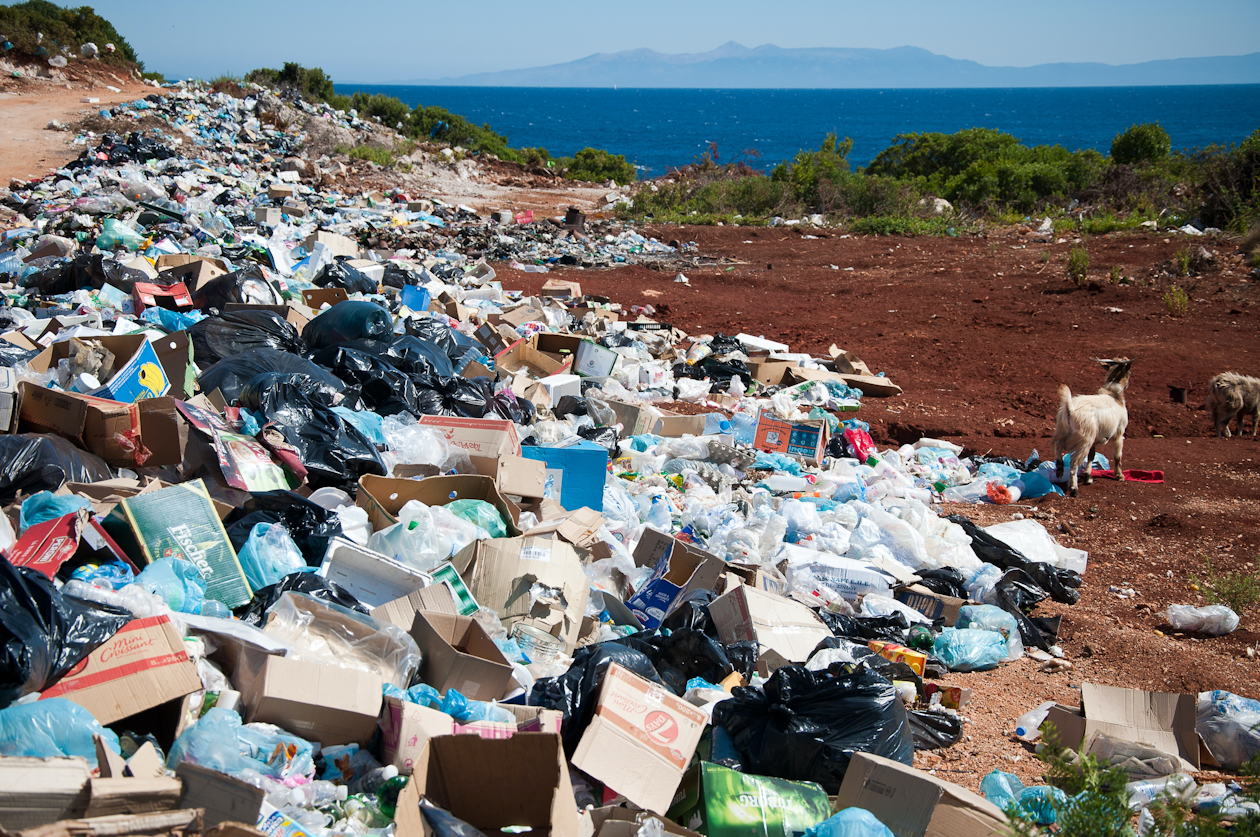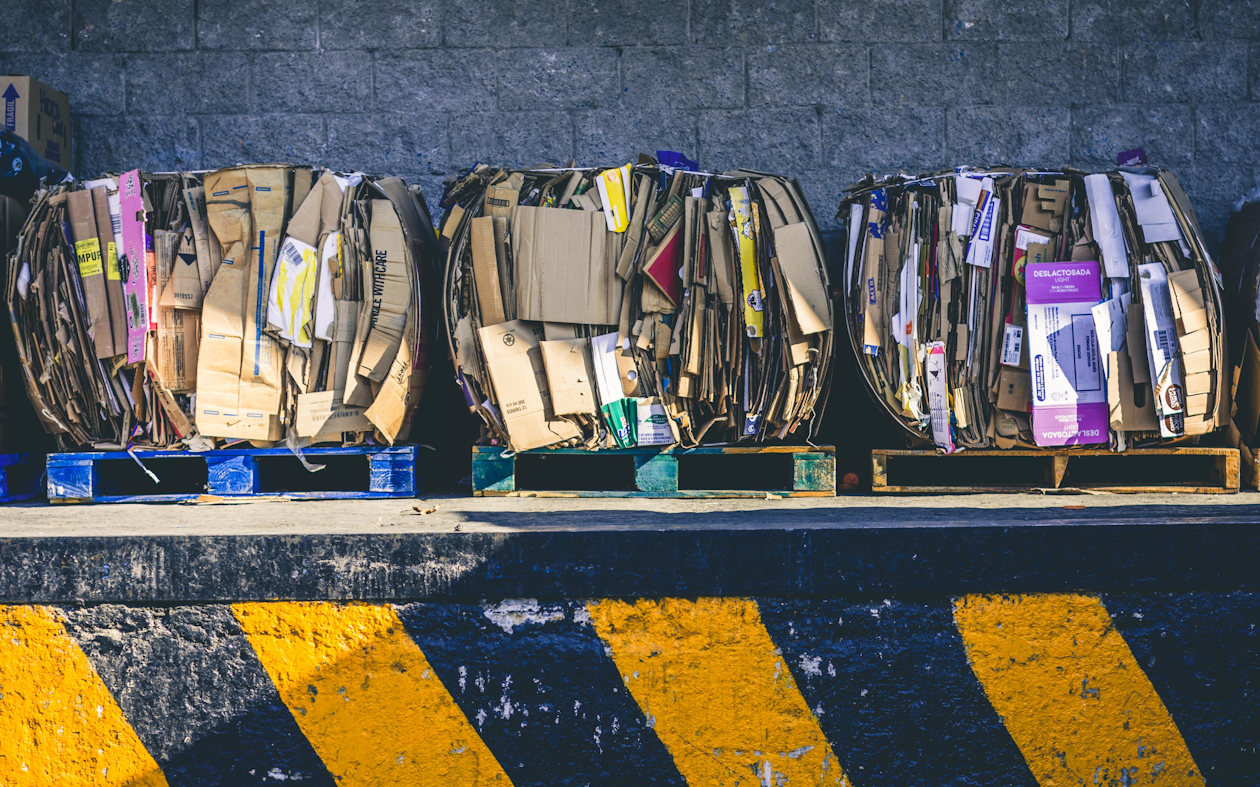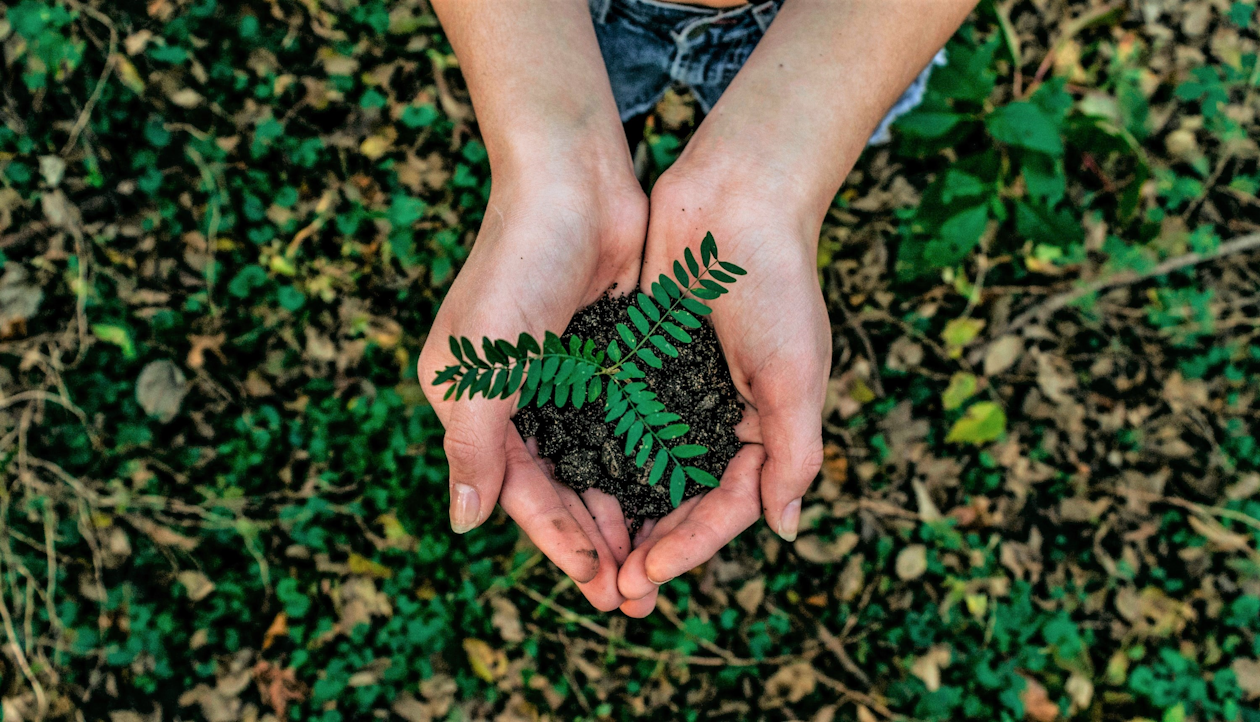
Plastic vs Paper Packaging: The Pros and Cons
Many companies are switching to paper packaging instead of plastic packaging to become more sustainable, especially with the new Plastic Packaging Tax Regulations. However, switching to paper also has its environmental issues.








